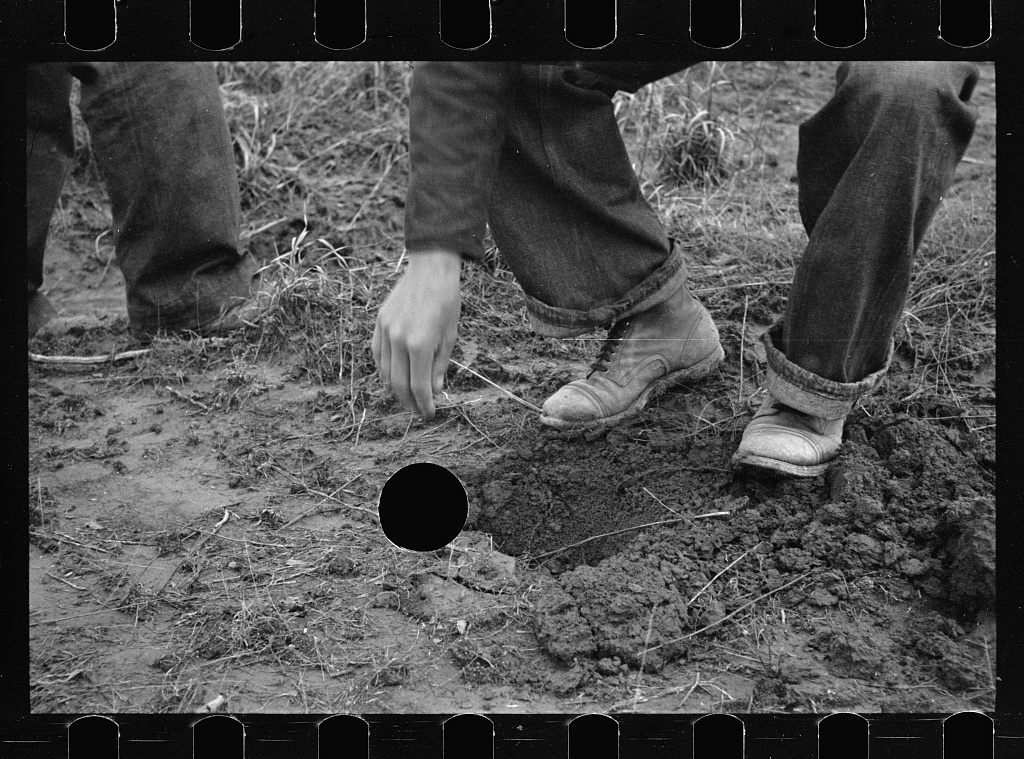
This black hole would not only need to be supermassive, but completely isolated from any surrounding space material, gas, or stars as well.
#SOMEONE FALLING INTO A BLACK HOLE FREE#
A person falling into a stellar-size black hole will be much closer to the black hole's center when passing through the event horizon, which results in a gravitational pull so large that they will likely immediately die as they'll be stretched into a "long, thin noodle-like shape." A person falling into a supermassive black hole, however, would safely pass through, free of noodle-like stretching, because of how far away the event horizon is from the gravity-causing center of the black hole. "Thus, someone falling into a stellar-size black hole (non-supermassive size) will get much, much closer to the black hole's center before passing the event horizon, as opposed to falling into a supermassive black hole," the two physicists write. The supermassive black hole, by way of its sheer size, has a mass that's roughly 4 million times the mass of our Sun and has an event horizon with a radius of 7.3 million miles as a result. There are two main types of black holes in the universe, according to them, and one is supermassive while the other is not. To enter one safely, you would need to find a supermassive black hole that is completely isolated and not feeding on surrounding material, gas and or even stars.12 Images Physicists Leo Rodriguez and Shanshan Rodriguez are both assistant professors of physics at Grinnell College and they explain how this successful trip through a black hole could happen safely in their report on The Conversation. They are most certainly not hospitable and would make traveling into the black hole extremely dangerous. These disks are called accretion disks and are very hot and turbulent.

Most black holes that we observe in the universe are surrounded by very hot disks of material, mostly comprising gas and dust or other objects like stars and planets that got too close to the horizon and fell into the black hole. A person falling into a supermassive black hole would likely survive. If someone falls into a black hole (BH), then, as I understand it, due to gravitational time dilation the external observer should see the infalling clock ticking slower and slower until it almost stops ticking when nearing the event horizon (EH). Thus, the person would pass through the event horizon unaffected, not be stretched into a long, thin noodle, survive and float painlessly past the black hole’s horizon. Now, a person falling into a supermassive black hole would reach the event horizon much farther from the the central source of gravitational pull, which means that the difference in gravitational pull between head and toe is nearly zero. As the person approaches the event horizon of a a Sun-size black hole, the vast difference in gravitational pull between the inidvidual’s head and toes causes the person to stretch into a very long noodle, hence the term ‘spaghettification’. The person would experience spaghettification, and most likely not survive being stretched into a long, thin noodlelike shape. In other words, if the person is falling feet first, as they approach the event horizon of a stellar mass black hole, the gravitational pull on their feet will be exponentially larger compared to the black hole’s tug on their head. This implies, due to the closeness of the black hole’s center, that the black hole’s pull on a person will differ by a factor of 1,000 billion times between head and toe, depending on which is leading the free fall. Thus, someone falling into a stellar-size black hole will get much, much closer to the black hole’s center before passing the event horizon, as opposed to falling into a supermassive black hole.

The supermassive black hole at the center of our Milky Way galaxy, by contrast, has a mass of roughly 4 million solar masses, and it has an event horizon with a radius of 7.3 million miles or 17 solar radii. For a black hole with a mass of our Sun (one solar mass), the event horizon will have a radius of just under 2 miles. The radial size of the event horizon depends on the mass of the respective black hole and is key for a person to survive falling into one. Even light, the fastest-moving thing in our universe, cannot escape – hence the term “black hole.” Leo and Shanshan, CC BY-NDĪt the event horizon, the black hole’s gravity is so powerful that no amount of mechanical force can overcome or counteract it.

The distance from a black hole’s center of mass to where gravity’s pull is too strong to overcome is called the event horizon. Anything that passes this point will be swallowed by the black hole and forever vanish from our known universe. The event horizon of a black hole is the point of no return. Besides the mass difference between these two types of black holes, what also differentiates them is the distance from their center to their “event horizon” – a measure called radial distance.


 0 kommentar(er)
0 kommentar(er)
